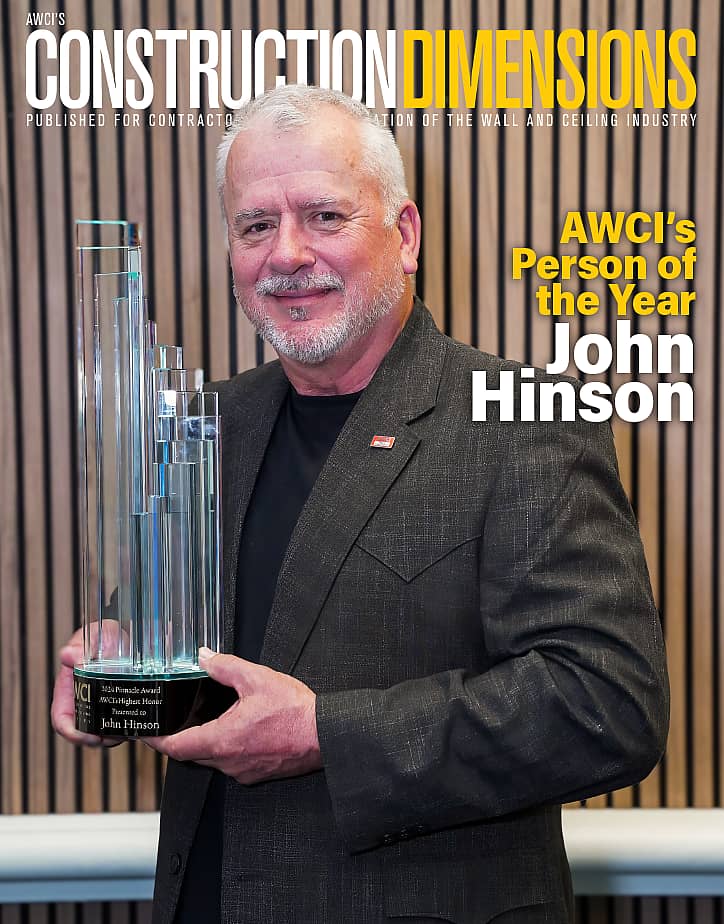Could marketing to your customers be as easy as picking chocolate? Research by marketing professor Angela Lee suggests it might be that simple.
Lee, a professor at the Kellogg School of Management at Northwestern University, has identified several mindsets that impact purchasing behavior. Marketing to customers with these mindsets involves crafting messages likely to resonate with them. In the retail environment, a store banner or sign that compares one type of chocolate to another can nudge customers to develop a “comparison mindset” centered not on whether to buy, but on which chocolate to buy. The message produces an outcome.
And in case you’re wondering, yes, mindset marketing also “works in a B2B setting,” Lee says in a “Kellogg Insight” podcast covering the subject. So, crafting messages to match your customers’ mental habits can nudge them to favor your firm’s services, accept your job recommendations and, overall, foster good communication and collaboration on projects.
The Habitual Mental State
You already know it’s important to provide solutions to meet customer needs. You pitch those solutions on your web site and in marketing campaigns.
Mindset marketing goes deeper. It requires having close, personal relationships with customers that, in turn, gives you insight into their habitual mental states—their mindsets, which drive how they respond in various situations. The key insight from Lee’s research, I believe, is understanding that a favorable result can be induced.
Lee found in a candy store, for example, that customers prompted with chocolate comparisons at the outset tend to buy chocolate that day. The “Should I buy chocolate?” mental state gets replaced with a “Which chocolate should I buy?” decision—right there on the spot.
In the world of construction, mindset research suggests your job foremen and superintendents could play out their own versions of “Inception,” the Christopher Nolan film starring Leonardo DiCaprio about planting ideas in people’s minds to get them to act in desirable ways.
Suggesting a comparison—“Should we frame these soffits on-site or prefabricate them off-site to save time?”—is one way to prompt a decision by the GC. Another way is to present an idea the GC can agree with. Nudging customers into an “agreeing mindset” encourages them to favor your approach to a job. It can influence the GC to be agreeable, which can lead to the action you favor.
Permanent Mindsets
While many mindsets—like the comparison and agreeing mindsets noted above—are transient and subject to the power of suggestion, some mindsets are more permanent. They’re based not on situations, but on an individual’s personality, cultural background or upbringing. Two permanent mindsets Lee studied are called “promotion” and “prevention.” Individuals tend to lean more to one or the other.
The promotion mindset is held by someone drawn to positive outcomes. They think, “What can be gained by following this course?” Such individuals are future-oriented and, according to “Kellogg Insight,” are “focused on acquiring additional things—and satisfying their goals, hopes and aspirations.”
To reach promotion-minded individuals, text, email and talk with them about how your solutions will benefit them down the road. Articulate outcomes, such as having your work completed on time and within budget. You’ll likely earn their approval.
Lee calls the other permanent mindset “prevention.” The prevention mindset is focused on keeping what one has. These folks want to avoid negative outcomes. They are “concerned about the physical, psychological and financial safety” of their interests, “Kellogg Insight” says. Basically, prevention-mindset folks want assurances.
When texting, emailing or conversing with prevention-mindset folks, try to assuage their anxieties. Talk up specific safety and security features related to your work. Help them see they won’t lose anything by going with your recommendation.
Indeed, your customer’s mindset should determine how you approach any dialogue with them on any given day. Get to know them well. Pay attention to how they think. Match your message to their frame of mind, and you’ll get good results.




